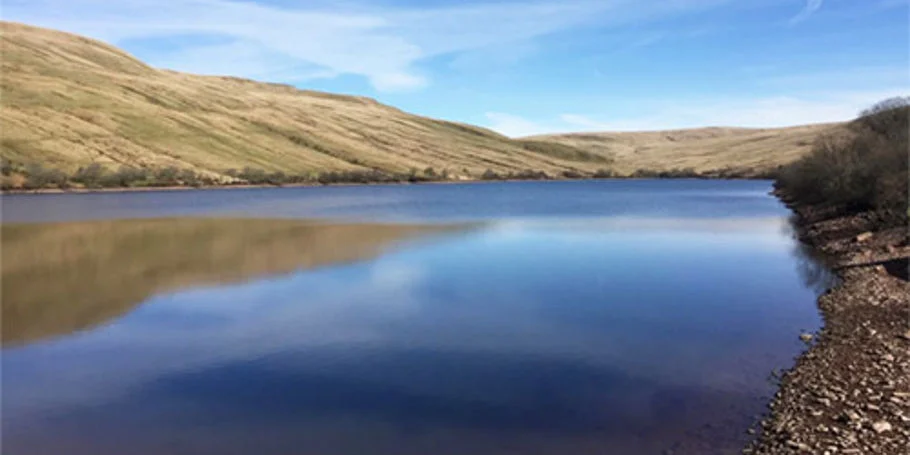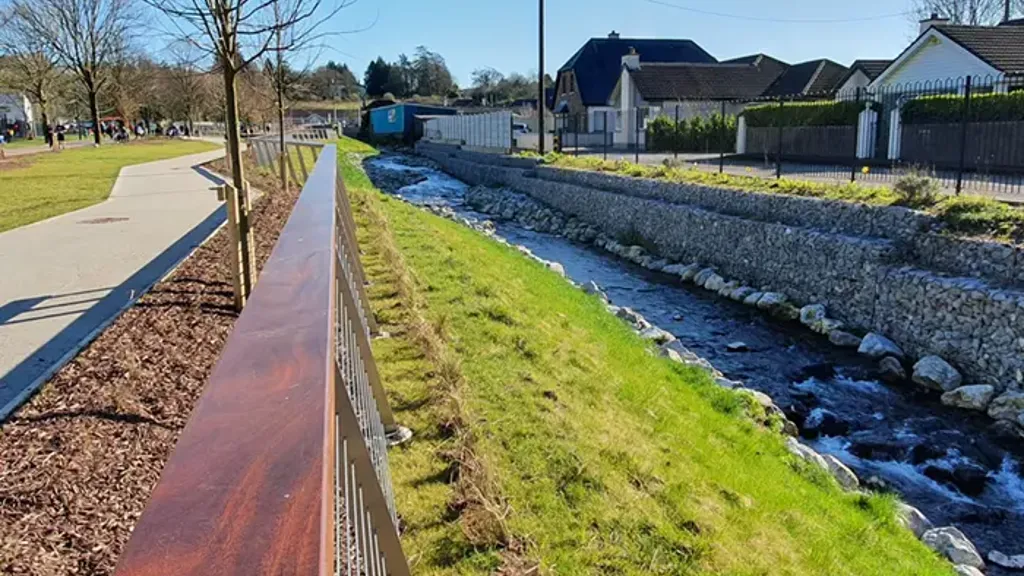Severe rainfall in recent years has led to increased levels of flooding across the UK. In Yorkshire, in the North of England, this issue significantly damaged the county’s flood defence assets, meaning that without intervention, over 25,000 homes in the area were at risk from future flooding events.
In response, the Environmental Agency collaborated with Arup to establish the Yorkshire Asset Recovery Programme. The programme worked to restore Yorkshire’s defences to their pre-flood condition, drawing insights from Arup’s multidisciplinary team of water, infrastructure, planning, carbon, social value and civil engineering specialists. This programme protects local people and their homes from future floods whilst building climate resilience for at-risk communities.
Restoring Yorkshire’s assets
Arup, in collaboration with the client, identified over 300 projects across Yorkshire worth over £68 million, including repairs to bridges, culverts and river walls that were damaged due to intense rainfall. Our team set out a programme of works to enable these assets to be restored regularly, reducing the risk to communities while preventing future damage to housing, habitats and farmland.
An example of an identified project damaged by a severe storm was Shade Chapel, in the village of Todmorden. The supporting structures to the culvert running beneath the Victorian building were badly affected, making the building unsafe and increasing flood risks. We advised that the building should be demolished to allow water to flow more freely through the open channel, reducing the risk of future failures and protecting 250 nearby properties. We also completed architectural landscaping for the area, working closely with the community to design pathways and areas which directly benefit the local school.
Other projects, such as Bethells Bridge in Driffield, required urgent action to address safety risks. Following heavy flooding, the River Hull embankment was at risk of failing near the bridge. This resulted in the bridge’s structure being compromised and on the verge of collapse. To address the river bank’s instability, we specified for the installation of a new culvert between the existing water course and canal. This infrastructure needed to be implemented with minimal impact to the area’s wildlife, including the endangered otter population. Recognising this, we retained and reprofiled the banks of the water course and, in the process, provided increased vegetation for otters, water voles and badgers.








